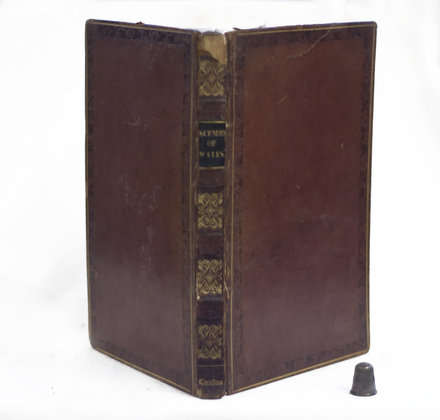Narrative
Home and Away
1. Britain’s volatile international relations and the growing mobility of the middle class popularized domestic tourism from the mid-eighteenth century onwards. Unable or unwilling to pursue the traditional Grand Tour of Europe, middle-class Britons began to explore their own nation as a site of political, sentimental, scientific, aesthetic, and antiquarian interest. While being more affordable than a European tour, the domestic tour was also attractive as a patriotic exercise for loyal Britons during periods of international unrest. The tourists who began surging into Scotland, England’s Lake District, and Wales in the latter half of the eighteenth century transformed these formerly overlooked landscapes into interesting and desirable tourist destinations.
Picturesque tourism emerged with the increase in domestic tourism. William Gilpin’s picturesque tours through the British Isles in the late eighteenth century instigated a rage for British landscapes. Travelogues such as Rev. Newell’s Letters on the Scenery of Wales (London: Baldwin et al., 1821) provided aspiring picturesque tourists with advice on where to find the best prospects for painterly or literary transcription or for simply viewing. Although the practice of picturesque tourism was denigrated in the Romantic period for being too prescriptive, Newell’s travelogue attests to its continuing popularity.
That the text is intended for a middle-class audience is evident from its appeal to ‘pedestrian tourists.’ Pedestrian tours became popular in the Romantic period for reasons financial and ideological. Traveling on foot radically reduced the cost of a journey, but pedestrian tourists frequently chose their mode of transportation as a critique of aristocratic privilege, consumerism, and land use practices.



















